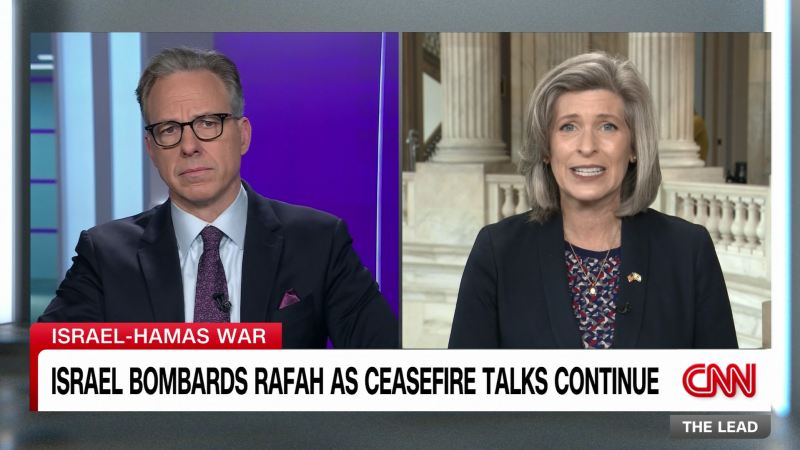New Jersey is suing the federal government to halt a congestion pricing program that will charge drivers to enter Midtown Manhattan, citing concerns that the tolling program will place unfair financial and environmental burdens on the state’s residents.
In its complaint, filed on Friday in U.S. District Court in New Jersey, the state said it was challenging the Federal Highway Administration’s “decision to rubber-stamp” its approval of congestion pricing last month, which was the program’s final federal hurdle.
The authority said the program, which aims to reduce traffic in New York City while raising billions of dollars for mass transit, could begin as soon as spring 2024.
The lawsuit comes two days after a local panel appointed by the Metropolitan Transportation Authority convened for the first time to decide on toll rates. At that meeting, dozens of drivers, which included suburbanites, protested against the tolls.
The lawsuit was filed by Randy Mastro, a lawyer known for his aggressive tactics, who was retained by Gov. Philip D. Murphy, a Democrat. Although they are not named as plaintiffs in the legal filing, the governor and Representative Josh Gottheimer, also a Democrat, have led New Jersey’s fight against congestion pricing.
The two are scheduled to hold a joint news conference Friday at 11 a.m. with Senator Robert Menendez, a Democrat from New Jersey.
The M.T.A. has not yet decided toll rates, but in a report last year it said it was reviewing proposals that would charge drivers who enter Manhattan south of 60th Street a fee up to $23 for a rush-hour trip and $17 during off-peak hours. The area is one of the world’s busiest and most traffic-clogged commercial districts.
New York lawmakers approved congestion pricing in 2019. It is expected to generate $1 billion annually for the M.T.A., and the money will be used to improve the city’s public transit network, including building new elevators in the subways and modernizing signals that keep trains moving. By law, the money can be used to pay only for capital projects, not operating costs.
Other cities around the world have had success with similar tolling programs. According to research prepared for the U.S. Department of Transportation, London, Singapore and Stockholm all experienced less traffic after setting up tolls.






More News
Body of Final Victim in Baltimore Bridge Collapse Is Found
Sanitation Company Fined $649,000 for Hiring Children in Slaughterhouses
Macron Adds a Personal Touch to His Diplomacy With China